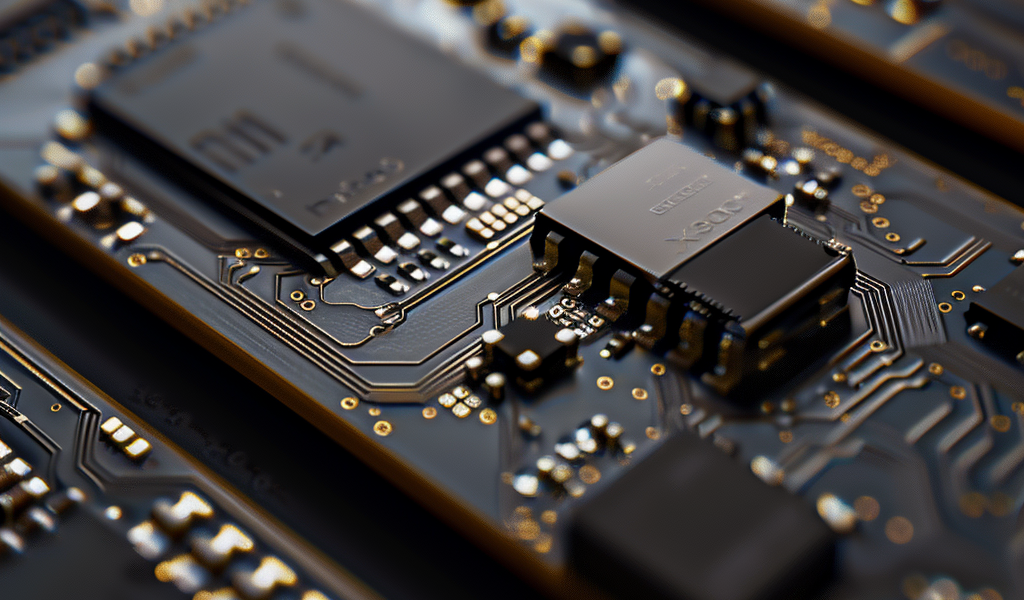A lot has been said about Moore’s Law over the last decade. Most of it has had to do with it either being dead or at the very least slowing down. Clearly there are still breakthroughs being made in terms of smaller process node geometries by leading companies such as Intel and TSMC. However, it is also just as clear that the industry can no longer just solely rely on Moore’s Law for its performance gains. Some are trying to achieve more performance using heterogeneous compute architectures, some are using chiplets and yet others are using both. At Mobile World Congress this year, along with their established heterogeneous compute architecture approach, Qualcomm highlighted another tool that can be used: Artificial Intelligence (AI).
There is a commonly used aphorism that goes something like “if you have something great and want to make it better, just add bacon.” Whether one agrees with this or not, or simply replaces “bacon” with something else, it’s sentiment still holds true in that there are certain things that, when added, just make things better. For the technology industry, and more specifically the chip industry, AI is shaping up to be just that.
This is not just about generative AI, which really has only matured enough in the last couple of years to make a significant impact. In contrast, adding traditional or functional, machine learning-based AI to enhance product capabilities has been a strategy for differentiation for the past decade or so. At MWC this year, Qualcomm took this potential recipe for success and applied it to 5G with the announcement of their latest 5G offering, the Snapdragon X80.
The Snapdragon X80 is a modem-RF platform consisting of four components – the baseband, RF transceiver, RF front end and a mmWave front end module. Supporting 3GPP Release 17, as well as anticipated Release 18 features, the X80 modem enables 6x downlink carrier aggregation, up to 6 receive channels for smartphones, 10 Gbps peak download speed, 3.5 Gbps peak upload speed, support for narrowband non-terrestrial networks and of course, AI-enabled 5G optimization.
The baseband comes equipped with Qualcomm’s 2nd generation 5G AI Processor which allows the platform to utilize AI to improve quality of service and end-user experience by intelligently controlling both modem and RF functions. In conjunction with their 3rd generation 5G AI Suite, performance metrics for data speeds, power handling and efficiency, coverage, spectrum efficiency, latency and GNSS location are all improved by the use of AI. Additionally, it uses AI processing to enhance the 5G experience by optimizing network conditions, reducing latency, and improving power efficiency.





